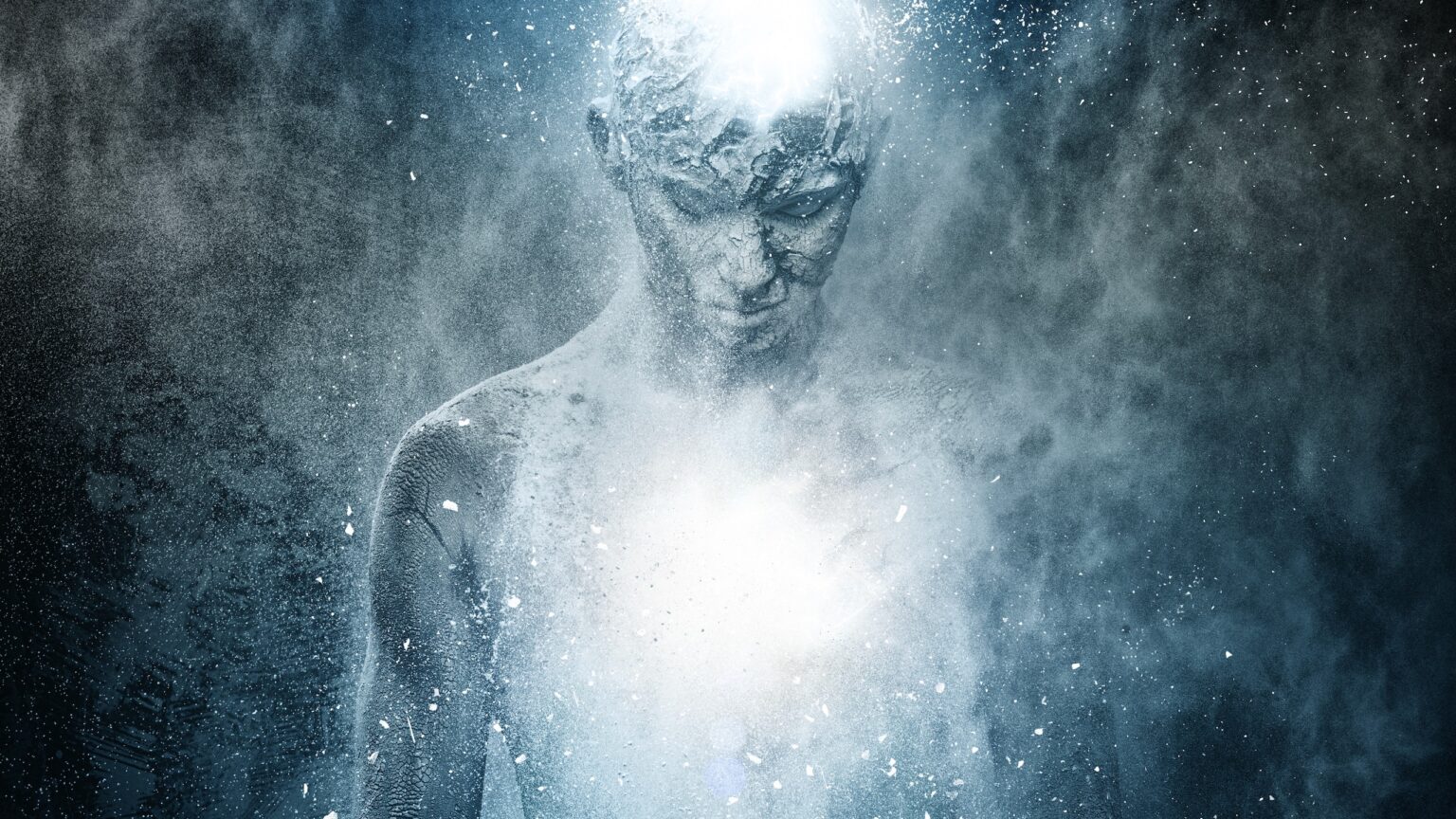Here at MetaNews, we’ve aggressively covered the AI beat since the turn of the year, less so the fields of nanotechnology, genetics and robotics. But a former Google engineer claims advancements in these areas will help humans achieve immortality in just eight years.
Futurist Ray Kurzweil’s audacious claims were cited during a YouTube video on the Adagio channel. The computer scientist and inventor is known for coining the term ‘the Singularity,’ which describes the juncture at which artificial intelligence surpasses human thinking.
“Once the Singularity has been reached, Kurzweil says that machine intelligence will be infinitely more powerful than all human intelligence combined,” explains the video’s narrator.
“Afterwards, he predicts intelligence will radiate outward from the planet until it saturates the universe.”
Age-reversing nanobots
The celebrated technologist, who won the National Medal of Technology in 1999 and three years later made his way into the National Inventors Hall of Fame, says immortality will be achieved thanks to advancements in nanotechnology, a field he calls “the second revolution.”
These advancements, Kurzweil argues, will enable so-called age-reversing nanobots to get to work on repairing damaged cells and tissues which deteriorate as a result of the ageing process. By 2031, we’ll have the technology to facilitate everlasting life.
“Kurzweil envisions nanobots that allow people to eat whatever they want while remaining thin and fit, provide copious energy, fight off infections or cancer, replace organs and augment their brains,” notes the narrator.
The inventor has been banging the nanobot drum for many years: two decades ago, in a much-cited blog post, he claimed “interlinking nanobots” would eventually “provide the ability to augment and ultimately replace the skeleton.”
In the same article, Kurzweil suggested it would one day be “routine to have billions of nanobots (nano-scale robots) coursing through the capillaries of our brains, communicating with each other (over a wireless local area network), as well as with our biological neurons and with the Internet.”
While it’s natural to reflexively scoff at such claims, Google’s former director of engineering has form for making accurate predictions: 86% of his 147 predictions of the future have proven correct.
Among other notable prophecies, he forecasted in 1990 that the world’s best chess player would lose to a computer by the year 2000. This one came true in 1997 when world champion Garry Kasparov fell to IBM supercomputer Deep Blue.
Former Google engineer, Ray Kurzweil, predicts that, within eight years, nanobots will help humans achieve total immortality. In response, France has now raised the retirement age to 212. pic.twitter.com/1o0ryIzl3w
— Jarrett Bellini (@JarrettBellini) March 29, 2023
Flash-forward 32 years, to 2029, and an AI will be able to pass a Turing test – at least according to Kurzweil. Also known as the imitation game, the Turing test is a test of a machine’s ability to exhibit intelligence behavior indistinguishable from that of a human being.
Soothsayer extraordinaire or charismatic crank?
Kurzweil is the bright mind behind the first ever flatbed scanner, not to mention the first text-to-speech synthesizer and was once called “Edison’s rightful heir” by Inc. magazine. He’s also undeniably wacky, reportedly consuming 150 dietary supplement pills a day and taking weekly intravenous vitamin injections to boost his longevity.
While the small matter of human immortality will apparently be resolved by the end of this decade, Kurzweil “sets the date for the Singularity, representing a profound and disruptive transformation in human capability, as 2045.”
Kurzweil’s work at Google mostly centered on projects related to machine learning and language processing, two of the technologies behind the company’s AI-powered chatbot Bard. In a 2012 address at Google, Kurzweil tackled the subject ‘How to Create a Mind.’
Earlier this month, Kurzweil appeared wearing a fetching beret at the Abundance360 summit in LA, alongside the likes of Tony Robbins, Stability.AI Founder Emad Mostaque, and Co-Director of Harvard’s Center for Biology of Aging Research, David Sinclair.
Ray Kurzweil believes we’ll have simulated biology solve all disease by 2029 pic.twitter.com/CWTC6qoFqr
— Michael Antonov (@_MichaelAntonov) March 23, 2023
The ideas espoused by the 75-year-old have been criticized by many, including maths prodigy turned anarchist terrorist Ted Kaczynski, who took aim at the inventor in his 2016 article ‘The techies’ wet dreams’.
“His whole book [2004’s Fantastic Voyage: Live Long Enough to Live Forever] reveals a man intoxicated with a vision of the future in which, as an immortal machine, he will participate in the conquest of the universe. In fact, Kurzweil and other techies are living in a fantasy world,” Kaczynski wrote.
Interestingly, the computer scientist’s prediction of coming immortality coincides with claims by Dr David McCarthy, who led a recent University of Georgia lifespan study, that men born in 1970 could potentially reach the age of 141, while women born in the same year could reach 131.
What’s your view on Kurzweil’s claims? Is human immortality within reach, many generations away, or an impossibility?









 and then
and then